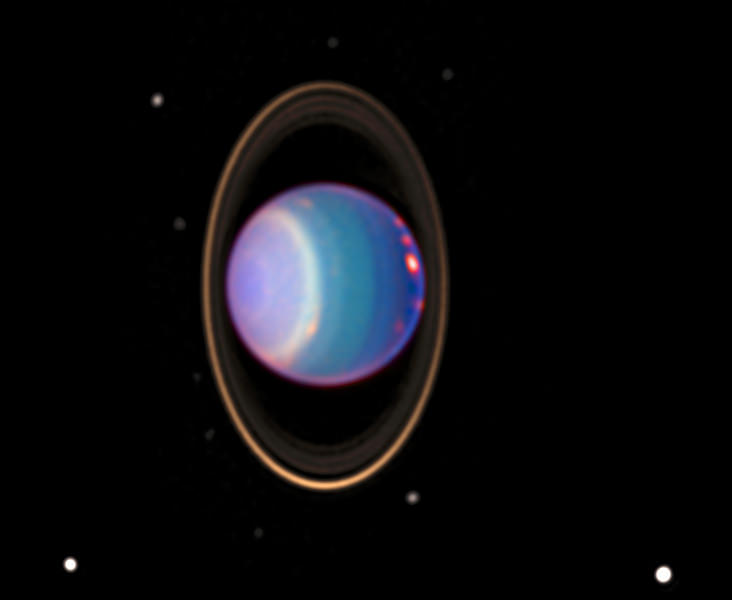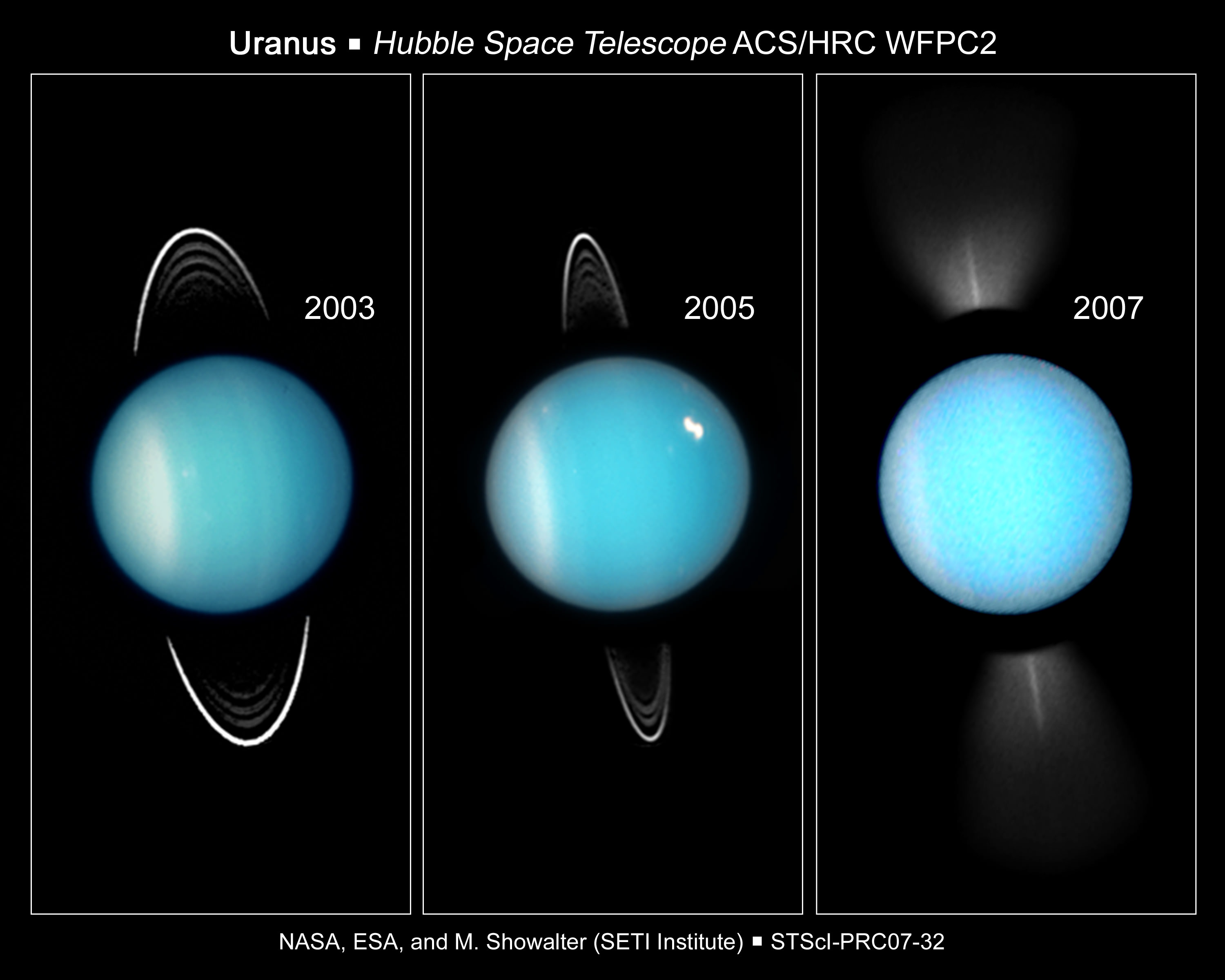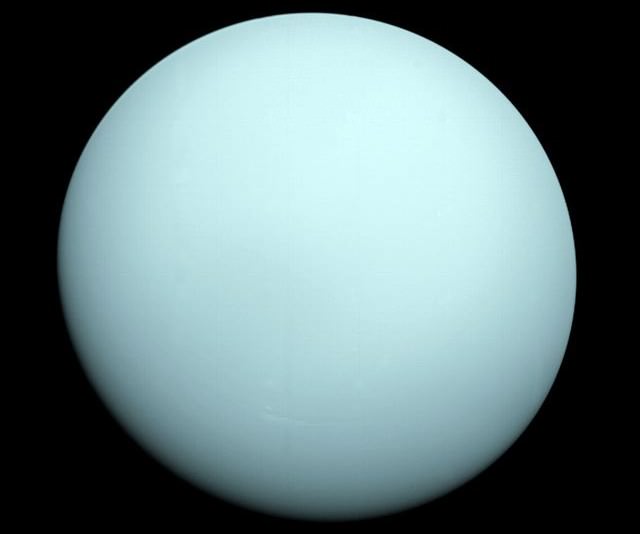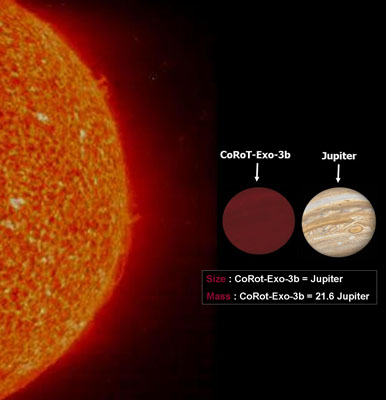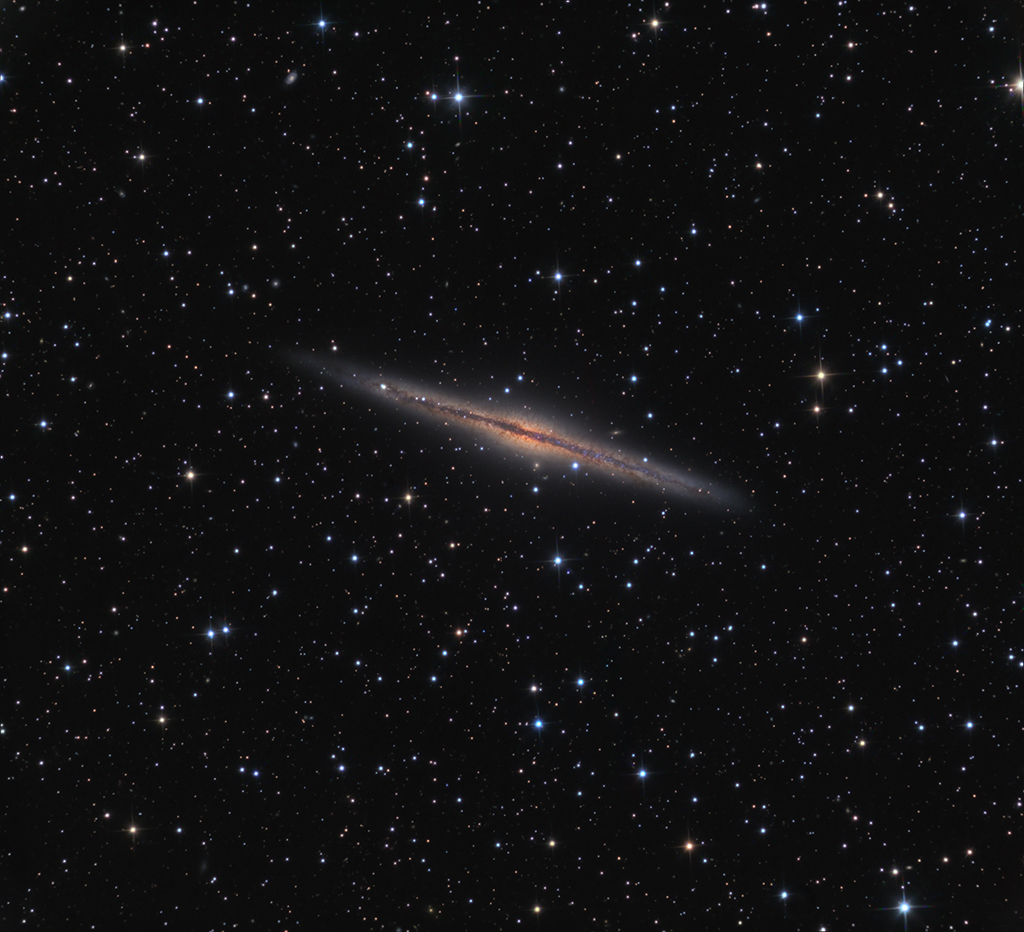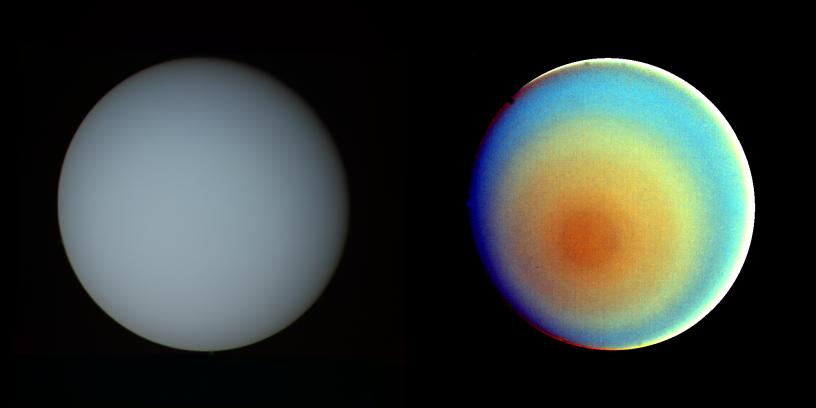[/caption]
On this night – October 6 – in 1784, Sir William Herschel was busy at the eyepiece of his telescope with a new galaxy he’d just discovered. It was a beauty, too. A pencil-slim, edge-on galaxy with a dark dust lane. Herschel marked it down in his fifth catalog as discovery 19, but when he got excited talking about his sister Caroline’s discoveries, he made a mistake. Let’s learn…
Even though William Herschel later confused NGC 891 with Caroline’s independent discovery of NGC 205 (M110), you can understand how the brother/sister astronomy team could honestly make a mistake. In the words of Caroline Herschel; “I knew too little of the real heavens to be able to point out every object so as to find it again without losing too much time by consulting the Atlas. But all these troubles were removed when I knew my brother to be at no great distance making observations with his various instruments on double stars, planets, etc., and I could have his assistance immediately when I found a nebula, or cluster of stars, of which I intended to give a catalogue; but at the end of 1783 I had only marked fourteen, when my sweeping was interrupted by being employed to write down my brother’s observations with the twenty-foot.”
Oddly enough, Herschel’s mistake was perpetuated by Admiral William Henry Smyth – who when he retired from the Royal Navy spent his time in his private observatory equipped with a 6-inch refractor. There he observed a variety of deep sky objects, including double stars, clusters and nebulae, and kept careful records of his observations, publishing his work as the “Cycle of Celestial Objects” – including Herschel’s mistake. But in the end, does it really matter which Herschel discovered it? It’s what’s out there that counts…
Located some thirty million light years away in the Local Super Cluster, NGC 891 is wrapped by a cold, gaseous halo. According to Tom Oosterloo (et al); “HI observations are among the deepest ever performed on an external galaxy. They reveal a huge gaseous halo, much more extended than seen previously and containing almost 30 % of the HI. This HI halo shows structures on various scales. On one side, there is a filament extending (in projection) up to 22 kpc vertically from the disk. Small halo clouds, some with forbidden (apparently counter-rotating) velocities, are also detected. The overall kinematics of the halo gas is characterized by differential rotation lagging with respect to that of the disk. The lag, more pronounced at small radii, increases with height from the plane. There is evidence that a significant fraction of the halo is due to a galactic fountain. Accretion from intergalactic space may also play a role in building up the halo and providing low angular momentum material needed to account for the observed rotation lag. The long HI filament and the counter-rotating clouds may be direct evidence of such accretion.”
Accretion? Accretion from where? Is NGC 891 gathering material from somewhere else? Apparently so. According to work of Mapelli (et al): “It has been known for a long time that a large fraction of disc galaxies are lopsided. We simulate three different mechanisms that can induce lopsidedness: flyby interactions, gas accretion from cosmological filaments and ram pressure from the intergalactic medium. Comparing the morphologies, HI spectrum, kinematics and m = 1 Fourier components, we find that all of these mechanisms can induce lopsidedness in galaxies, although in different degrees and with observable consequences. The time-scale over which lopsidedness persists suggests that flybys can contribute to ~20 per cent of lopsided galaxies. We focus our detailed comparison on the case of NGC 891, a lopsided, edge-on galaxy with a nearby companion (UGC 1807). We find that the main properties of NGC 891 (morphology, HI spectrum, rotation curve, existence of a gaseous filament pointing towards UGC 1807) favour a flyby event for the origin of lopsidedness in this galaxy.”
Ah, ha! So, we have a nearby companion galaxy. We’ve learned recently that combining galaxies produces starburst activity and the case is true of NGC 891 as well. Studies done as recently as June 2008 indicate starbust activity based on the strength of the polycyclic aromatic hydrocarbon (PAH) features. And where are those PAHs? Why, in the halo, of course. According to the work of Rand (et al): “We present infrared spectroscopy from the Spitzer Space Telescope at one disk position and two positions at a height of 1 kpc from the disk in the edge-on spiral NGC 891, with the primary goal of studying halo ionization. Our main result is that the [Ne III]/[Ne II] ratio, which provides a measure of the hardness of the ionizing spectrum free from the major problems plaguing optical line ratios, is enhanced in the extraplanar pointings relative to the disk pointing. Using a 2D Monte Carlo-based photoionization code that accounts for the effects of radiation field hardening, we find that this trend cannot be reproduced by any plausible photoionization model and that a secondary source of ionization must therefore operate in gaseous halos. We also present the first spectroscopic detections of extraplanar PAH features in an external normal galaxy. If they are in an exponential layer, very rough emission scale heights of 330-530 pc are implied for the various features. Extinction may be non-negligible in the midplane and reduce these scale heights significantly. There is little significant variation in the relative emission from the various features between disk and extraplanar environment. Only the 17.4 ?m feature is significantly enhanced in the extraplanar gas compared to the other features, possibly indicating a preference for larger PAHs in the halo.”
So where is all this going? Current research shows a correlation between PAH abundance with galactic age. When asymptotic giant branch cough their carbon dust back into the interstellar medium at the end of their evolution, they become the primary source of PAHS and carbon dust in galaxies. As we know, a galaxy is one big recycling plant, and the ejecta is returned back to the interstellar medium after a few hundred million years along the line of main sequence evolution. But, the filamentary pattern extending away from the galactic disc of NGC 891 may very well point to stellar supernova explosions. By contrast, those, huge, massive stars that end up as Type II supernovae are the ones that blast dust and metals everywhere the moment they form.
So is this the result of old – or new – activity? According to Popescu (et al): “We describe a new tool for the analysis of the UV to the sub-millimeter (sub-mm) spectral energy distribution (SED) of spiral galaxies. We use a consistent treatment of grain heating and emission, solve the radiation transfer problem for a finite disk and bulge, and self-consistently calculate the stochastic heating of grains placed in the resulting radiation field. We use this tool to analyse the well-studied nearby edge-on spiral galaxy NGC 891. First we investigate whether the old stellar population in NGC 891, along with a reasonable assumption about the young stellar population, can account for the heating of the dust and the observed far-infrared and sub-mm emission. The dust distribution is taken from the model of Xilouris et al. (1999), who used only optical and near-infrared observations to determine it. We have found that such a simple model cannot reproduce the SED of NGC 891, especially in the sub-mm range. It underestimates by a factor of 2-4 the observed sub-mm flux. A number of possible explanations exist for the missing sub-mm flux. We investigate a few of them and demonstrate that one can reproduce the observed SED in the far-infrared and the sub-mm quite well, as well as the observed radial profile at 850 mu m. For the models calculated we give the relative proportion of the dust radiation powered by the old and young stellar populations as a function of FIR/sub-mm wavelength. In all models we find that the dust is predominantly heated by the young stellar population.”
Although it may have been busy at one time, NGC 891 is quiet now. According to Rowan Temple, “Using a sample of other local galaxies, we compare the X-ray and infrared properties of NGC 891 with those of `normal’ and starburst spiral galaxies, and conclude that NGC 891 is most likely a starburst galaxy in a quiescent state.” So take a look when you have time. This magnitude 10 beauty is located at (RA 2 : 22.6 Dec +42 : 21) at is often considered to be one of the finest deep sky objects Messier never cataloged.
No matter which Herchel discovered it.
Many thanks to AORAIA member Ken Crawford for the use of his superb image!



